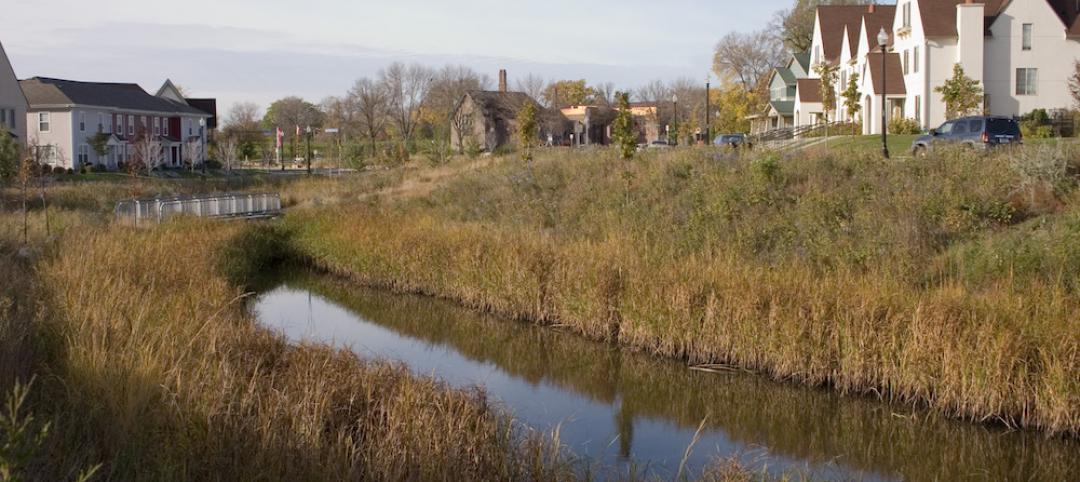Federal disaster policy should shift its focus toward mitigation in order to reduce future disaster costs, the National Association of Mutual Insurance Companies says. The industry group recommends that the federal government create incentives for states to adopt and enforce strong building codes.
“For decades, Congress has provided insufficient funding for disaster relief and then added funds in the middle of fiscal years,” Robert Detlefsen, vice president of public policy for NAMIC, told the Senate Homeland Security Subcommittee on Emergency Management. “Merely hoping the weather cooperates and relying on luck are not the ways to establish FEMA’s disaster relief budget.”
NAMIC and the BuildStrong Coalition are advocating for the Safe Building Code Incentive Act, which provides additional post-disaster grant money to states that adopt and enforce a model statewide building code.
"There is overwhelming scientific evidence to support the conclusion that statewide building codes save lives and greatly reduce property damage and the subsequent need for federal disaster aid," Detlefsen said. He noted that a study by the National Institute of Building Sciences found that for every $1 spent to make buildings stronger, the American taxpayer saves $4 in federal disaster assistance.
Related Stories
Codes and Standards | May 25, 2016
LEED Dynamic is worth the effort, says commercial real estate executive
San Diego office tower is California’s first office building to receive LEED Dynamic plaque in recertification.
Codes and Standards | May 24, 2016
Ontario planning to spend $7 billion on wide-ranging climate change plan
Includes financial incentives to retrofit buildings.
Codes and Standards | May 23, 2016
Facility managers say Internet of Things, analytics will impact maintenance soon
More reliable data needed for optimal results from the technology.
Codes and Standards | May 20, 2016
Industry leaders call for wider use of bamboo as a building material
Benefits include seismic resiliency and sustainability.
Codes and Standards | May 19, 2016
Asphalt roofing group publishes updated shingle installation guide
Technical manual provides best practices for roofing professionals.
Codes and Standards | May 16, 2016
EPA proposes new stormwater discharge regulations for construction sites
Would apply to sites of one or more acres.
Roofing | May 16, 2016
New guide focused on increasing energy and structural performance with raised-heel trusses
Higher trusses simplify attic ventilation, leave more space for insulation.
Codes and Standards | May 11, 2016
Current California seismic codes provide safety, resiliency, but needed upgrades present challenge
Los Angeles requires seismic retrofits, but other cities do not.
Codes and Standards | May 10, 2016
Apple spars with Cupertino, Calif., mayor over strained city infrastructure
Apple’s new ‘spaceship’ campus project prompts questions about whether the company should pay more to offset traffic woes.
Codes and Standards | May 9, 2016
Safety Stand-Down yields proposals to boost construction safety
One example: Gilbane encourages safety harnesses for all working above 6 feet.

















